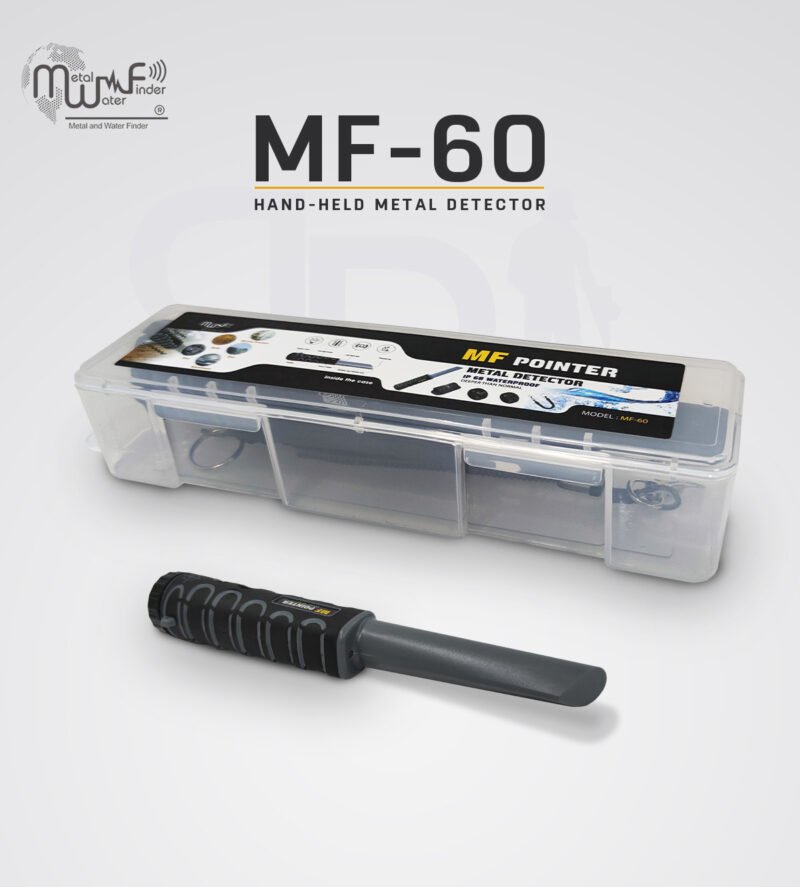In the world of freight shipping, understanding the essential documents that facilitate and organize the transportation process is crucial for efficient and smooth operations. One of the most important documents is the Bill of Lading (BOL). When working with companies like Old Dominion Freight Line, Old Dominion Freight BOL becomes a key part of the shipping workflow, ensuring that freight reaches its destination without any complications. This article dives deep into understanding what Old Dominion Freight BOL is, how it works, and why it is important for shippers and receivers alike.
What is a Bill of Lading (BOL)?
The Bill of Lading (BOL) is a legally binding document between the shipper of goods and the carrier detailing the type, quantity, and destination of the goods being carried. This document serves multiple purposes:
- Receipt of Goods: The BOL acts as a receipt for the goods being shipped, signed by both the carrier and the shipper.
- Title to Goods: It acts as a document of title that can be transferred to signify ownership of the freight.
- Shipping Instructions: It provides specific instructions about handling, transporting, and delivering the goods.
The BOL is essential for tracking shipments and managing freight effectively, reducing the risks of lost, damaged, or misdirected cargo.
Understanding Old Dominion Freight BOL
Old Dominion Freight BOL is the specific Bill of Lading used by Old Dominion Freight Line, a leading American transportation company. This BOL is customized to streamline the shipping processes for Old Dominion’s clients, covering necessary details, including pickup and delivery information, freight classifications, payment terms, and other critical details about the shipment.
Why Use Old Dominion Freight BOL?

Using the Old Dominion Freight BOL provides shippers with several key benefits:
- Accuracy in Documentation: Old Dominion’s BOL template ensures that all the required details are accurately filled out, minimizing discrepancies.
- Efficient Tracking: It allows for easy tracking of goods in transit with Old Dominion’s tracking systems.
- Enhanced Legal Protection: By clearly defining the terms, the Old Dominion Freight BOL reduces the risk of disputes and claims.
Old Dominion’s BOL is designed to simplify the shipping process, especially for those who frequently ship through this carrier. It provides shippers with a standard format that aligns with Old Dominion’s operations and policies.
Components of the Old Dominion Freight BOL
The Old Dominion Freight BOL includes several essential components:
| Component | Description |
|---|---|
| Shipper Details | Includes the name, address, and contact details of the person or business shipping the goods. |
| Consignee Details | Information about the recipient or business receiving the goods. |
| Freight Description | A detailed description of the freight, including weight, quantity, and packaging information. |
| Class and NMFC | Classification of the goods based on the National Motor Freight Classification (NMFC) code. |
| Special Instructions | Any specific instructions for handling, transporting, or delivering the goods. |
| Billing Information | Specifies who is responsible for the payment of the freight charges. |
| Carrier Signature | Signature section for the carrier to acknowledge receipt of the goods. |
Each component is critical in ensuring the accuracy, legality, and safety of the shipping process.
How to Create an Old Dominion Freight BOL
Creating an Old Dominion Freight BOL is a straightforward process, especially for businesses with established shipping processes. Below are steps to help in creating a compliant Old Dominion Freight BOL:
- Obtain the BOL Template: Old Dominion provides a specific BOL template, which can be found on their website or requested through their customer service team.
- Fill Out Shipper and Consignee Details: Enter the accurate contact details for both the shipper and consignee.
- Describe the Freight: Include a detailed description of the goods, such as type, quantity, and weight.
- Provide Special Instructions: If there are any special handling or delivery instructions, include them in the designated section.
- Add Payment Terms and Billing Information: Specify who is responsible for paying the shipping charges.
- Sign and Date: The BOL should be signed and dated by the authorized representatives from both the shipper and the carrier.
Benefits of Using the Old Dominion Freight BOL System
For businesses, using the Old Dominion Freight BOL system offers multiple advantages:
- Improved Efficiency: The template simplifies the shipping paperwork, allowing businesses to process orders quickly.
- Minimized Errors: Standardized fields and format reduce the risk of errors in the documentation.
- Enhanced Security: With an accurate BOL, businesses have greater control over freight shipments, minimizing risks of theft, loss, or damage.
- Better Customer Service: With Old Dominion’s tracking capabilities, clients can receive real-time updates on their shipment.
These benefits help businesses manage their logistics efficiently, save time, and provide better service to customers.
Common Challenges with BOL and Solutions

Like any shipping document, the Old Dominion Freight BOL can sometimes present challenges for businesses. Below are some common challenges and ways to address them:
| Challenge | Solution |
|---|---|
| Incomplete Information | Ensure all fields are accurately filled to avoid delays. |
| Misclassification | Verify freight classification to avoid issues with billing or penalties. |
| Incorrect Billing | Double-check billing information and payment terms before submitting the BOL. |
| Handling Instructions | Clearly outline special handling instructions to reduce the risk of mishandling. |
Addressing these challenges can streamline the shipping process and avoid unnecessary issues with Old Dominion Freight Line.
FAQs about Old Dominion Freight BOL
Q1: What happens if the Old Dominion Freight BOL is filled out incorrectly?
If a BOL is filled out incorrectly, it can lead to delays, incorrect billing, or disputes regarding the shipment. Ensuring accuracy on the BOL is essential to avoid such issues.
Q2: Can I track my shipment using the Old Dominion Freight BOL?
Yes, once the BOL is processed, you can use Old Dominion’s tracking systems to monitor your shipment in real time. The BOL number will be used as a reference.
Q3: Is the Old Dominion Freight BOL legally binding?
Yes, the Old Dominion Freight BOL is a legally binding document between the shipper and carrier. It sets the terms of the shipment, including ownership and handling responsibilities.
Q4: How can I access the Old Dominion Freight BOL template?
The BOL template is available on the Old Dominion Freight Line website. You may also contact customer support to get a copy of the template or assistance with filling it out.
Q5: Are there any special requirements for hazardous materials on the Old Dominion Freight BOL?
Yes, if you are shipping hazardous materials, specific details and classifications must be included on the BOL. Additionally, certain legal requirements must be followed for safety and compliance.
Understanding and properly using the Old Dominion Freight BOL is essential for efficient and compliant shipping with Old Dominion Freight Line. This document simplifies the shipping process by providing essential information about the goods, shipper, and consignee, while also defining the terms and conditions for handling and delivery. Utilizing the Old Dominion Freight BOL template helps avoid delays, minimize errors, and enhance customer satisfaction.




